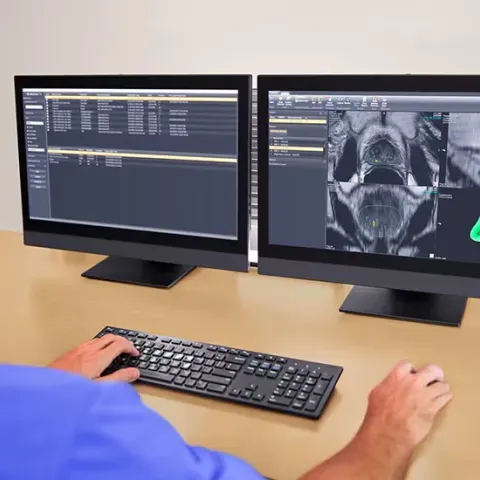
SHERIDAN, WYOMING – July 25, 2025 – Philips has secured FDA 510(k) clearance for its next-generation UroNav platform, reinforcing the company’s leadership in image-guided interventions for prostate cancer. The upgraded UroNav 2.0 system is designed to unify MR/ultrasound fusion imaging with advanced workflow integration, helping clinicians deliver more accurate, less invasive, and highly personalized focal therapies.
MR/Ultrasound Fusion Powers Real-Time Targeting
At the heart of UroNav 2.0 is its fusion of pre-acquired MRI with live ultrasound data. This real-time hybrid imaging enables clinicians to precisely locate lesions and navigate biopsies and ablations with improved spatial accuracy. The platform supports better targeting, particularly in high-risk prostate cancer cases.
“We’re entering a new era of precision prostate cancer care. Philips’ integrated focal therapy platform unifies imaging, biopsy pathology, treatment planning and 3D imaging guidance with MR US fusion giving clinicians end to end efficiency and control,” said Dr. Ardeshir Rastinehad, Vice Chair of Urology at Lenox Hill Hospital and System Director of Prostate Cancer at Northwell Health. “With fused imaging and real time ablation guidance in one place, we can personalize therapy with greater accuracy and spare patients the unnecessary side effects of traditional treatments.”
Advanced Workflow Meets Diagnostic Demands
UroNav 2.0 introduces a re-engineered annotation system that seamlessly integrates with Philips’ DynaCAD Urology software. This upgrade simplifies:
- Lesion targeting and annotation
- Planning of focal therapies
- Navigation and tracking during procedures
The platform also boosts device compatibility, supporting a wider array of ultrasound probes and biopsy tools. These improvements enhance usability across both radiology and urology departments.
A Shift Toward Targeted, Value-Based Care
With over 313,000 annual cases in the U.S., prostate cancer remains the leading solid tumor in men. The demand for focal therapies has grown, driven by their ability to reduce overtreatment-related side effects like incontinence and sexual dysfunction.
Philips addresses this shift by offering:
- End-to-end integration of imaging and therapy
- Real-time lesion visualization via MR/US fusion
- A 30% improvement in high-risk cancer detection with fusion biopsy compared to standard biopsy
“A more targeted approach means a more informed treatment selection and patients receive better and more precise care and clinicians are supported in better diagnosis, a 30% improvement in high-risk prostate cancer diagnosis using fusion biopsy compared to the standard biopsy,” the company noted.
Secure Architecture for Scalable Deployment
Beyond clinical enhancements, the UroNav 2.0 system includes upgraded cybersecurity protocols to support secure data handling and IT compliance. These features make the platform suitable for deployment across integrated health systems and specialty centers.
“We’re helping clinicians deliver more precise prostate cancer care by streamlining complex workflows and delivering the insights they need to support precise diagnosis and expand options for minimally invasive treatments,” said Martijn Hartjes, Business Leader, Clinical Informatics at Philips. “Our goal is to equip clinicians with the clinical tools required so they can deliver better care for more patients.”
Philips Strengthens Its Oncology Ecosystem
The FDA clearance of UroNav 2.0 builds on Philips’ long-term strategy to deliver scalable, patient-centric oncology solutions. By unifying diagnosis, planning, and intervention in a connected ecosystem, the company supports clinicians in making data-driven decisions while improving outcomes and operational efficiency.
Learn more at www.philips.com